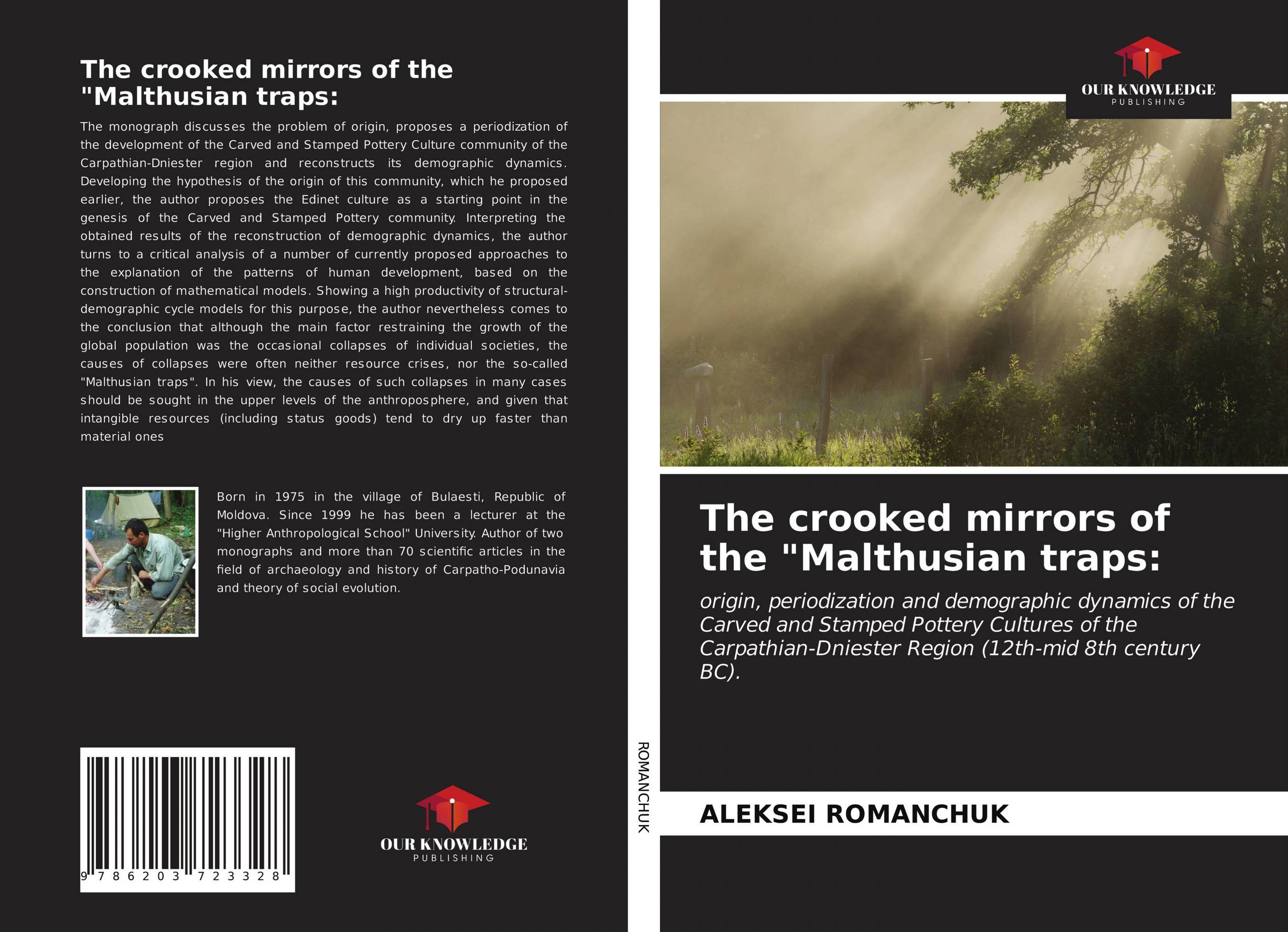| Поиск по каталогу |
|
(строгое соответствие)
|
- Профессиональная
- Научно-популярная
- Художественная
- Публицистика
- Детская
- Искусство
- Хобби, семья, дом
- Спорт
- Путеводители
- Блокноты, тетради, открытки
The crooked mirrors of the "Malthusian traps:. Origin, periodization and demographic dynamics of the Carved and Stamped Pottery Cultures of the Carpathian-Dniester Region (12th-mid 8th century BC).

В наличии
| Местонахождение: Алматы | Состояние экземпляра: новый |

Бумажная
версия
версия
Автор: ALEKSEI ROMANCHUK
ISBN: 9786203723328
Год издания: 2021
Формат книги: 60×90/16 (145×215 мм)
Количество страниц: 128
Издательство: Our Knowledge Publishing
Цена: 37490 тг
Положить в корзину
Ожидает определения тематики
Код товара: 908487
| Способы доставки в город Алматы * комплектация (срок до отгрузки) не более 2 рабочих дней |
| Самовывоз из города Алматы (пункты самовывоза партнёра CDEK) |
| Курьерская доставка CDEK из города Москва |
| Доставка Почтой России из города Москва |
Аннотация: The monograph discusses the problem of origin, proposes a periodization of the development of the Carved and Stamped Pottery Culture community of the Carpathian-Dniester region and reconstructs its demographic dynamics. Developing the hypothesis of the origin of this community, which he proposed earlier, the author proposes the Edinet culture as a starting point in the genesis of the Carved and Stamped Pottery community. Interpreting the obtained results of the reconstruction of demographic dynamics, the author turns to a critical analysis of a number of currently proposed approaches to the explanation of the patterns of human development, based on the construction of mathematical models. Showing a high productivity of structural-demographic cycle models for this purpose, the author nevertheless comes to the conclusion that although the main factor restraining the growth of the global population was the occasional collapses of individual societies, the causes of collapses were often neither resource crises, nor the so-called "Malthusian traps". In his view, the causes of such collapses in many cases should be sought in the upper levels of the anthroposphere, and given that intangible resources (including status goods) tend to dry up faster than material ones
Ключевые слова: History Theory, Late Bronze Age, Carpatho-Podnistria, Archaeology



